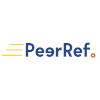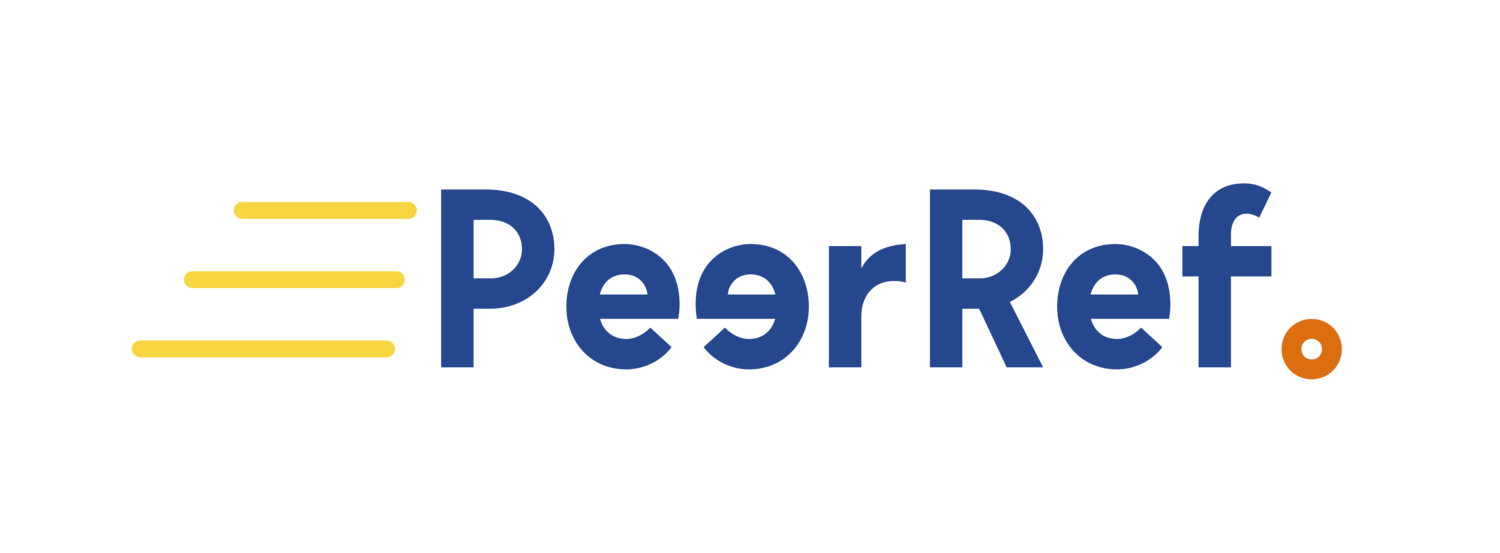3D super-resolution imaging using a generalized and scalable progressive refinement method on sparse recovery (PRIS)
This article has been Reviewed by the following groups
Discuss this preprint
Start a discussion What are Sciety discussions?Listed in
- Evaluated articles (PeerRef)
Abstract
Within the family of super-resolution (SR) fluorescence microscopy, single-molecule localization microscopies (PALM[1], STORM[2] and their derivatives) afford among the highest spatial resolution (approximately 5 to 10 nm), but often with moderate temporal resolution. The high spatial resolution relies on the adequate accumulation of precise localizations of bright fluorophores, which requires the bright fluorophores to possess a relatively low spatial density. Several methods have demonstrated localization at higher densities in both two dimensions (2D)[3, 4] and three dimensions (3D)[5-7]. Additionally, with further advancements, such as functional super-resolution[8, 9] and point spread function (PSF) engineering with[8-11] or without[12] multi-channel observations, extra information (spectra, dipole orientation) can be encoded and recovered at the single molecule level. However, such advancements are not fully extended for high-density localizations in 3D. In this work, we adopt sparse recovery using simple matrix/vector operations, and propose a systematic progressive refinement method (dubbed as PRIS) for 3D high-density reconstruction. Our method allows for localization reconstruction using experimental PSFs that include the spatial aberrations and fingerprint patterns of the PSFs[13]. We generalized the method for PSF engineering, multi-channel and multi-species observations using different forms of matrix concatenations. Reconstructions with both double-helix and astigmatic PSFs, for both single and biplane settings are demonstrated, together with the recovery capability for a mixture of two different color species.
Article activity feed
-

Peer review report
Reviewer: Dr. : Peter Dahlberg Institution: SLAC national laboratory email: pdahlb@slac.stanford.edu
Section 1 – Serious concerns
- Do you have any serious concerns about the manuscript such as fraud, plagiarism, unethical or unsafe practices? No
- Have authors’ provided the necessary ethics approval (from authors’ institution or an ethics committee)? not applicable
Section 2 – Language quality
- How would you rate the English language quality? Low to medium quality. I have added several comments to section 4 as suggested edits.
Section 3 – validity and reproducibility
- Is the reason for developing a new method explained? Yes
- Is the description of the method technically sound? Yes
- Are sufficient details provided so that the method can be replicated? No
- Is the source data that underlies the result available so that the study …
Peer review report
Reviewer: Dr. : Peter Dahlberg Institution: SLAC national laboratory email: pdahlb@slac.stanford.edu
Section 1 – Serious concerns
- Do you have any serious concerns about the manuscript such as fraud, plagiarism, unethical or unsafe practices? No
- Have authors’ provided the necessary ethics approval (from authors’ institution or an ethics committee)? not applicable
Section 2 – Language quality
- How would you rate the English language quality? Low to medium quality. I have added several comments to section 4 as suggested edits.
Section 3 – validity and reproducibility
- Is the reason for developing a new method explained? Yes
- Is the description of the method technically sound? Yes
- Are sufficient details provided so that the method can be replicated? No
- Is the source data that underlies the result available so that the study can be replicated? not applicable
- Is quality of the figures and tables satisfactory? Yes
- Are the conclusions adequately supported by the results? No
- Are there any objective errors or fundamental flaws that make the research invalid? Please describe these thoroughly. No
Section 4 – Suggestions
- In your opinion how could the author improve the method?
The manuscript describes the progressive refinement method for sparse recovery. This approach uses minimal RAM while producing a finely discretized output for high density 3d fluorescence localizations. Furthermore, the approach does not require the PSF to be translationally independent. This is an assumption that is often made that simplifies the computation, but does not account for field dependent aberrations. There are several comments that I believe would improve what is overall strong manuscript. The most serious of which is addressed in 1a below.
The two main claims of the manuscript are that the PRIS method requires less RAM than a brute force approach and that the algorithm functions for spatially varying PSFs. Neither of these claims are supported directly by the text or figures. a. Perhaps I missed it, but there were no field dependent aberrations in the simulations. If this is the case, how exactly has it been demonstrated that the approach works well for a spatially varying PSF? Because this is a central claim of the PRIS method, I think it is worth implementing. b. The authors describe a scenario of brute force solving of the inverse problem requiring 152.6 GB, while I have no doubt that the PRIS approach would require less RAM, the authors do not make it clear how much less. While I know that the reduction will depend on the exact implementation and the data at hand, a rough comparison of the RAM requirements would be helpful for the reader.
Following algorithm 1, the authors introduce the “shrink” operator. A one line description would be helpful of what this operator does. As I understand it, it is a threshold of the output to keep the data output sparse.
Following algorithm 1 and 2, the authors describe the use of “kicking.” They do a nice job of giving a brief description of what the “kicking” does (improve the convergence speed), but I am concerned because neither algorithm 1 or 2 shows kicking. The kicking is wrapped up in another conditional statement that is not shown in either algorithm. This is confusing for the reader. Perhaps a parenthetical should be added stating that the kicking is not shown in the algorithm.
The code for the PRIS method should be made available publicly, both so the results can be replicated and also so that others can use the approach.
- Do you have any other feedback or comments for the Author?
Additionally, I have some minor text/figure edits
In the title, the acronym PRIS is defined as “progressive refinement method on sparse recovery” however in the text it is “progressive refinement method for sparse recover” I think the wording in the text is correct.
5th paragraph of the introduction: “In principal” should be “In principle”
Paragraph preceding section 3: “in case if a species” I think should read “in case a species”
Throughout the figures, dark red, dark green, and dark blue are used over black and this is very difficult to see. For example, dashed red line in figure 2 on the right hand side, the cy5 and cy3 labels in figure 7, the dark blue box in figure 8.
Throughout the figures there are also a lot of small symbols used. For example, Figure (a)-4 there are small (red?) marks on top of a red heat map. These are extremely difficult to see clearly.
Figure 6c, it is very challenging to see differences in the distributions of points. I think this data would be better represented if additional histograms were shown.
Section 5 – Decision
Requires minor revisions
-

Peer review report
Reviewer: Dr. Christopher H. Bohrer Institution: NIH/NCI email: bohrerch@nih.gov
Section 1 – Serious concerns
- Do you have any serious concerns about the manuscript such as fraud, plagiarism, unethical or unsafe practices? No
- Have authors’ provided the necessary ethics approval (from authors’ institution or an ethics committee)? not applicable
Section 2 – Language quality
- How would you rate the English language quality? High quality
Section 3 – validity and reproducibility
- Is the reason for developing a new method explained? Yes
- Is the description of the method technically sound? Yes
- Are sufficient details provided so that the method can be replicated? No
- Is the source data that underlies the result available so that the study can be replicated? No
- Is quality of the figures and tables satisfactory? Yes
- Are the conclusions …
Peer review report
Reviewer: Dr. Christopher H. Bohrer Institution: NIH/NCI email: bohrerch@nih.gov
Section 1 – Serious concerns
- Do you have any serious concerns about the manuscript such as fraud, plagiarism, unethical or unsafe practices? No
- Have authors’ provided the necessary ethics approval (from authors’ institution or an ethics committee)? not applicable
Section 2 – Language quality
- How would you rate the English language quality? High quality
Section 3 – validity and reproducibility
- Is the reason for developing a new method explained? Yes
- Is the description of the method technically sound? Yes
- Are sufficient details provided so that the method can be replicated? No
- Is the source data that underlies the result available so that the study can be replicated? No
- Is quality of the figures and tables satisfactory? Yes
- Are the conclusions adequately supported by the results? No
- Are there any objective errors or fundamental flaws that make the research invalid? Please describe these thoroughly. No
Section 4 – Suggestions
- In your opinion how could the author improve the method?
The approach is nice, but I really think they should highlight the advantage of their approach --- that is, perform a simulation with imperfect optics then apply the traditional methodologies as well as their own to show their superiority.
The comparison to previous methodologies is nice, but the fact that they are different simulations with different parameters is a major problem --- for example, the photons used in their simulations are higher than used in the previous studies. Therefore, if they are going to compare, it should only be done if the methodologies were applied to the same data.
A user guide with an example, walking through the specifics would aid this work greatly. For instance, it is unclear how one obtains the different matrices given their data --- though this is likely within the references. Additionally, if they want others to use the methodology, this is a must!
Finally, though I don’t think they necessarily need to do this, but utilizing real experimental data to validate their approach would be nice. For instance, investigate the structure of the nuclear pore complex with the different methodologies --- a standard within the field.
- Do you have any other feedback or comments for the Author? No
Section 5 – Decision
Requires revisions
-

-

